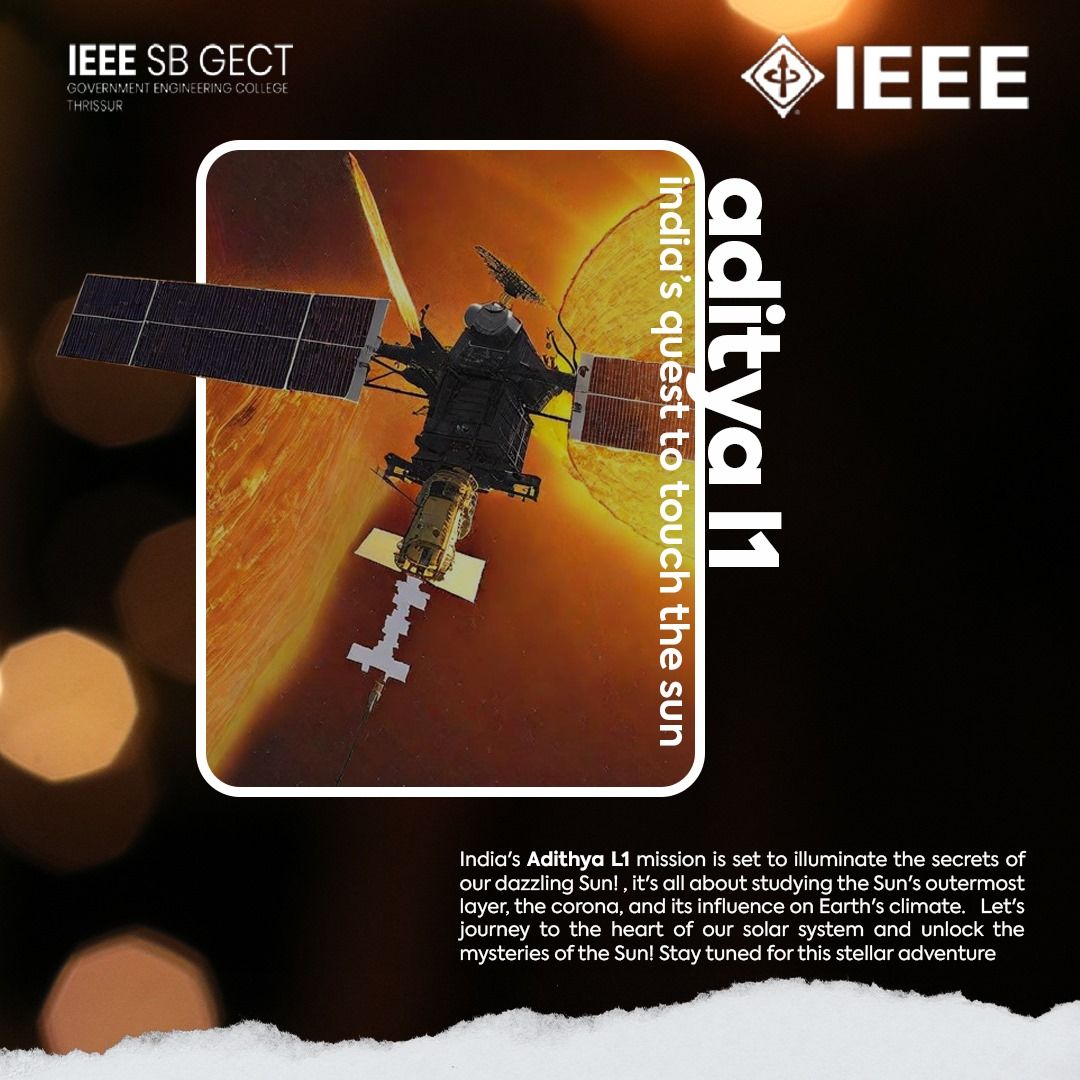Aditya L1: India's Quest to Touch the Sun
Introduction:
Space exploration has always captivated humanity's imagination, and India has been making significant strides in this field over the years. One such endeavor that has been grabbing headlines is the Aditya L1 mission.
Aditya L1 Mission: A Brief Overview
The Aditya L1 mission is India's first dedicated scientific mission to study the Sun. The mission is named after the Sun's principal deity in Hindu mythology, Aditya. It is designed to be placed in a special orbit, allowing it to observe the Sun 24/7 without any interruptions. This is a critical aspect of the mission, as it will provide continuous data, helping scientists better understand the Sun's various aspects.
Objectives of the Aditya L1 Mission
- 1. Studying the Sun's Outermost Layer:Aditya L1's primary objective is to study the Sun's outermost layer, known as the corona. The corona is an extremely hot and dynamic region of the Sun's atmosphere, and understanding it is essential for predicting space weather events like solar flares and their impact on Earth.
- 2. Unraveling Solar Mysteries:The Sun is not just a bright celestial body; it is a complex, dynamic star with its own set of mysteries. Aditya L1 aims to explore these mysteries, such as why the Sun's outer atmosphere is significantly hotter than its surface.
- 3. Monitoring Solar Activity:Solar activity can affect Earth's climate and various technological systems like satellites and power grids. Aditya L1 will monitor solar activity, helping us predict and mitigate any potential impacts.
- 4. Space Weather Forecasting: The mission will contribute to space weather forecasting, which is crucial for the safety of both astronauts in space and technological systems on Earth.
Why Study the Sun?
- 1. Space Exploration: For future missions to the Moon, Mars, or beyond, knowledge of space weather is essential for ensuring the safety of astronauts and the success of missions.
- 2. Satellite Communications:Solar storms can disrupt satellite communications and GPS systems. Studying the Sun allows us to develop strategies to protect these vital technologies.
- 3. Climate Science: Solar activity can influence Earth's climate. By understanding the Sun better, we can improve our climate models and predictions.
- 4. Astronomy: Beyond its practical implications, studying the Sun enhances our understanding of stellar evolution and the fundamental processes that govern the universe.
Conclusion
The Aditya L1 mission represents India's commitment to advancing space science and contributing to our understanding of the Sun, which plays a pivotal role in our solar system. By exploring the mysteries of our nearest star, we pave the way for safer space exploration, improved technology, and a deeper understanding of the cosmos. As Aditya L1 embarks on its mission to touch the Sun, it not only carries scientific instruments but also the dreams and aspirations of a nation eager to explore the final frontier.
The Aditya L1 mission reminds us that the quest for knowledge knows no bounds, and the Sun, our constant companion in the sky, still holds many secrets waiting to be uncovered.
Read more
We hope this blog post has sparked your curiosity, just as the nodes on the screen come alive when touched. Stay tuned for more exciting content next week!

 CHAITHANYA M C
CHAITHANYA M C